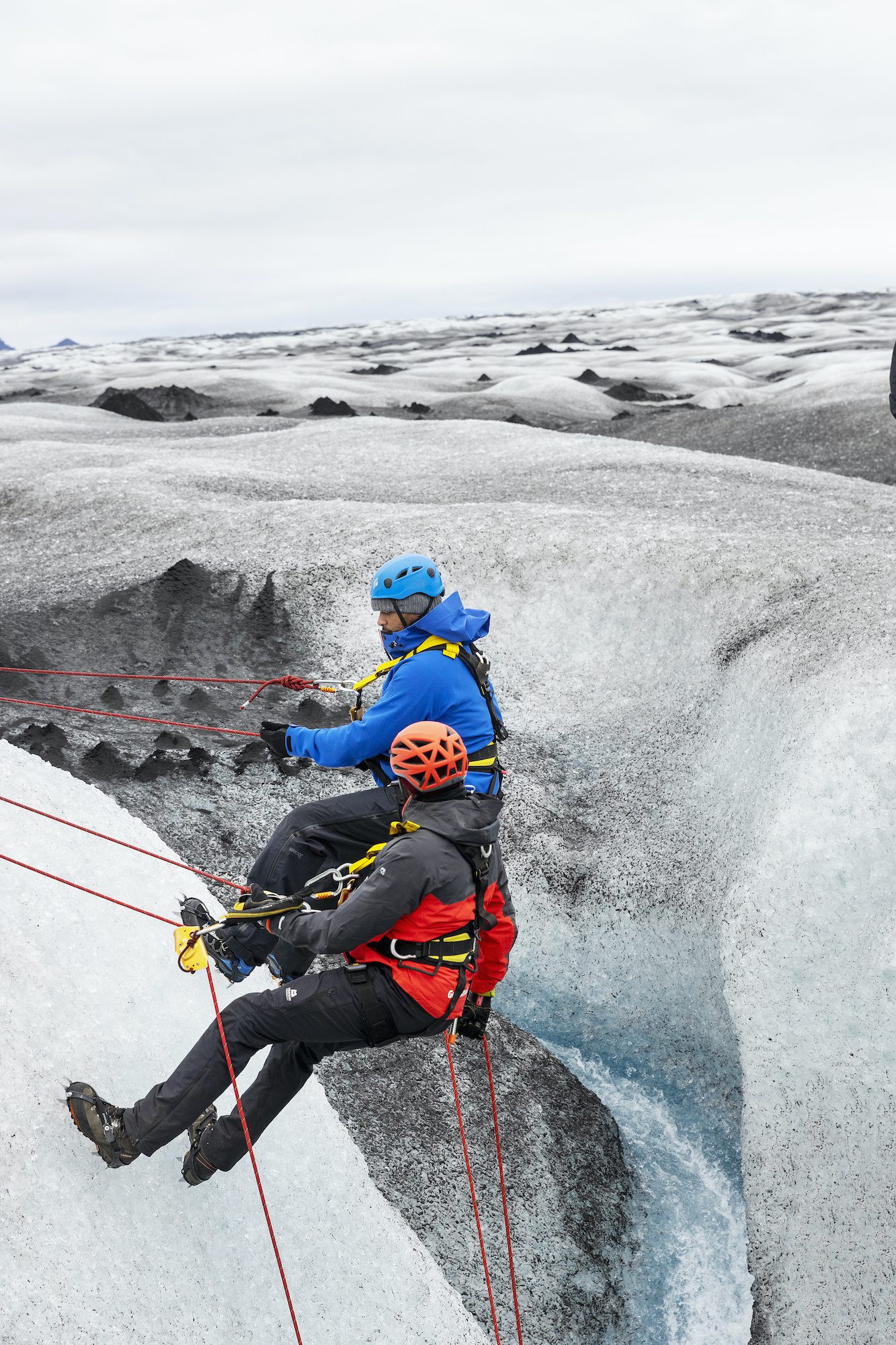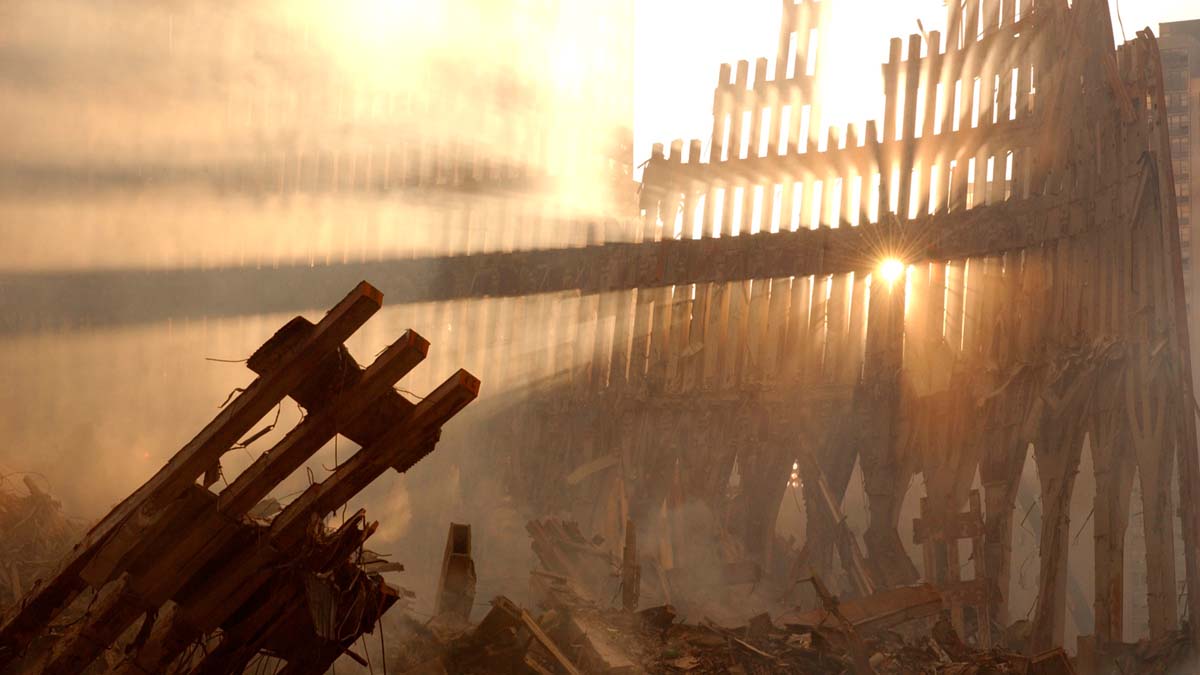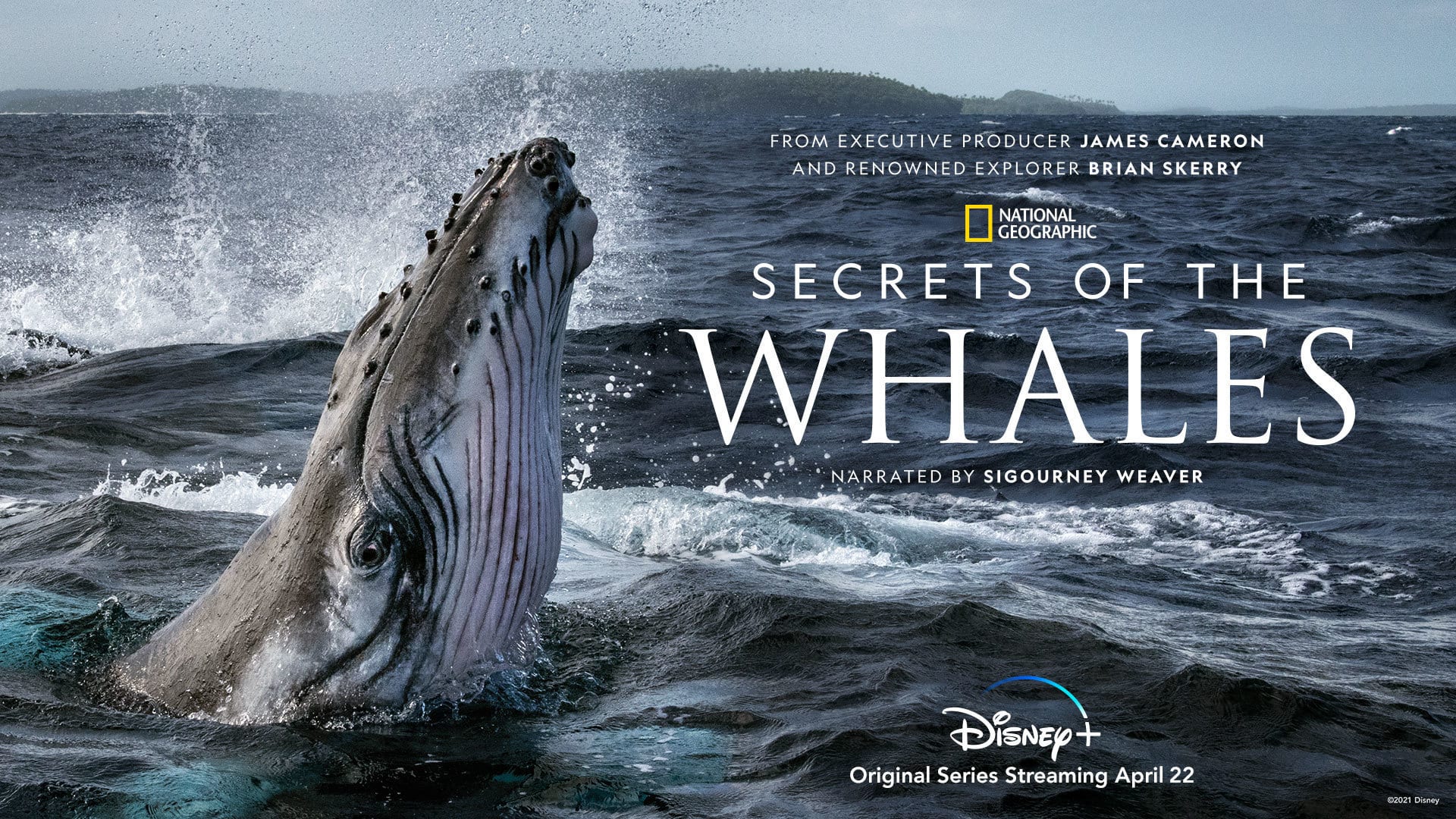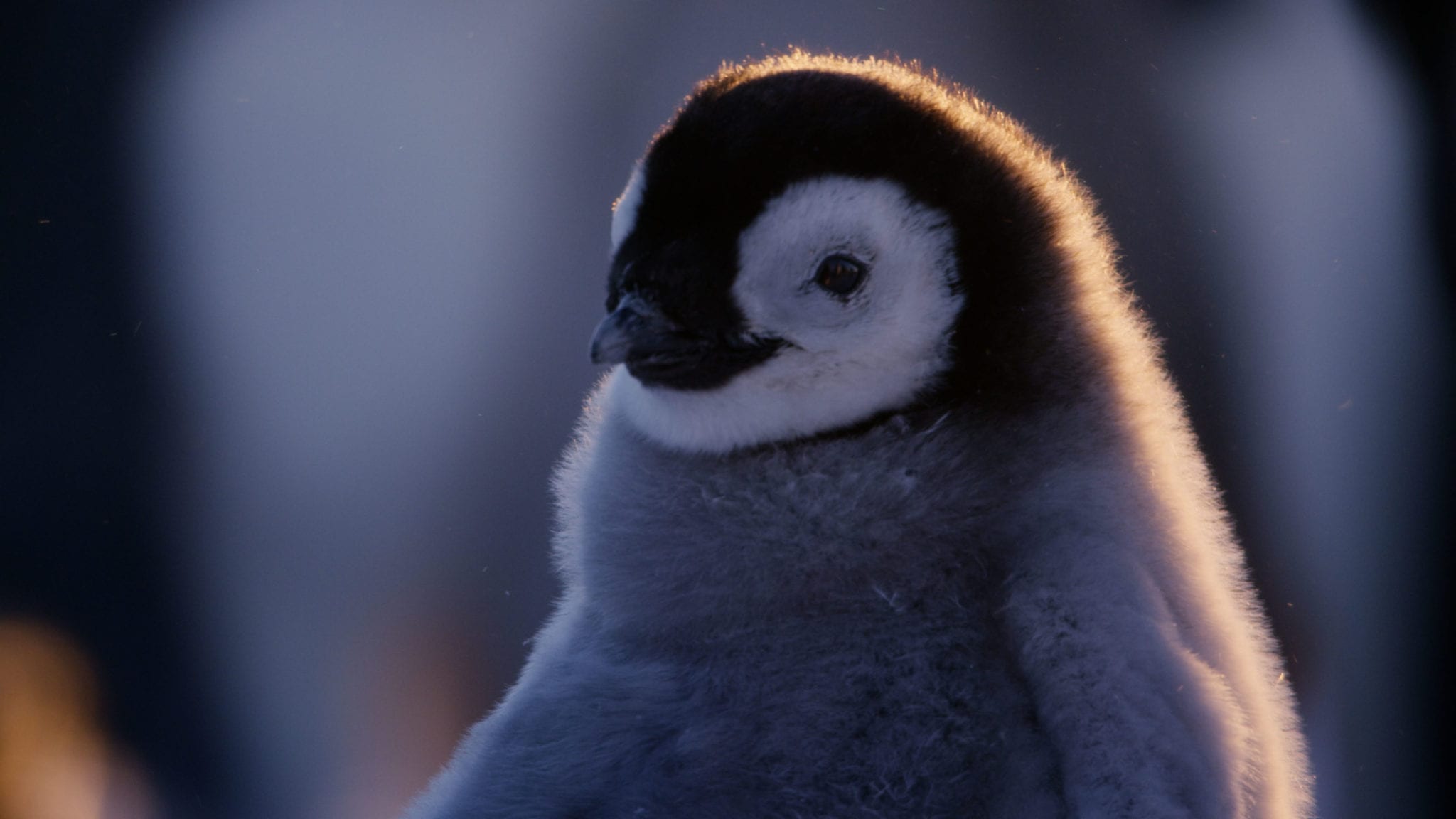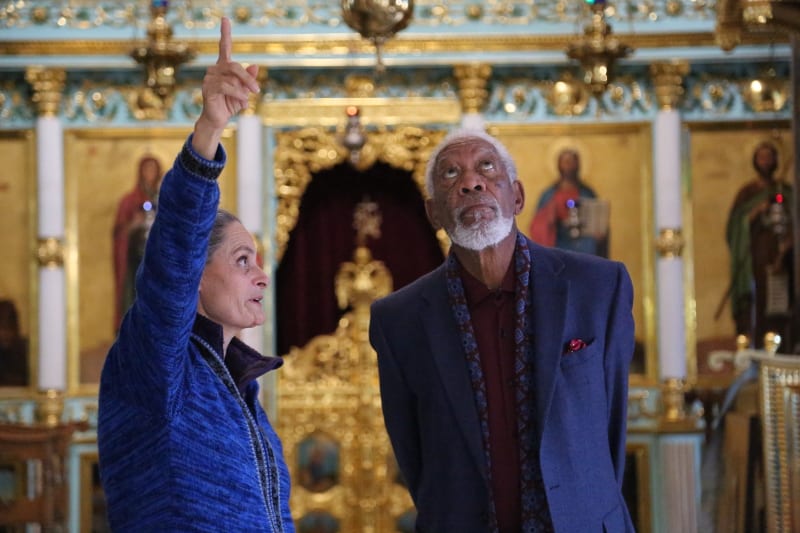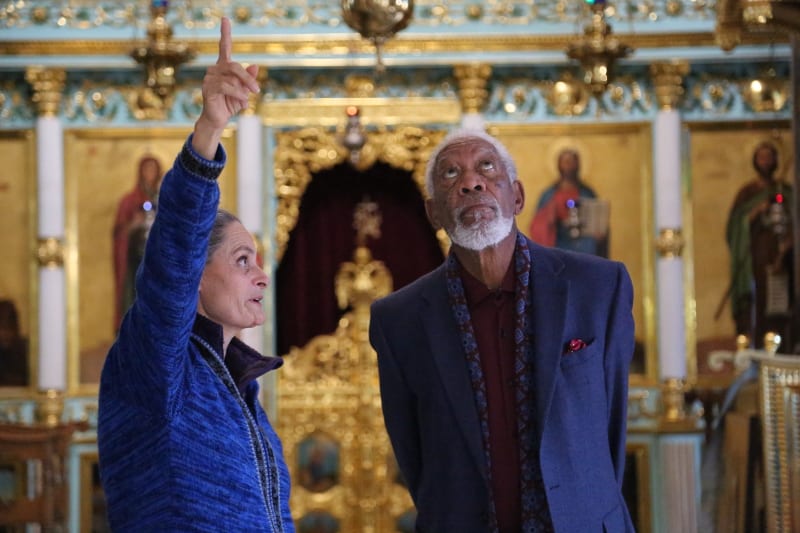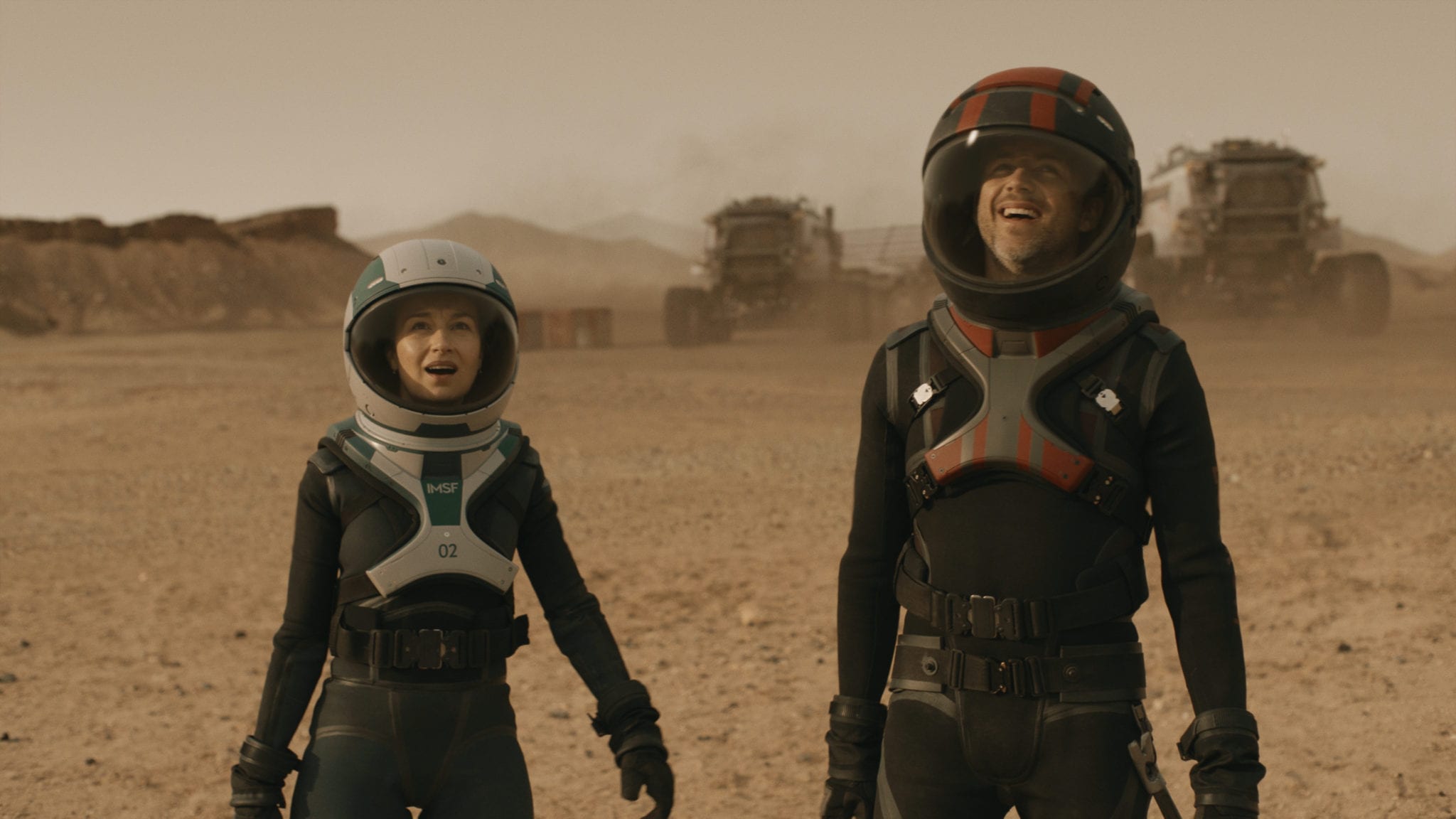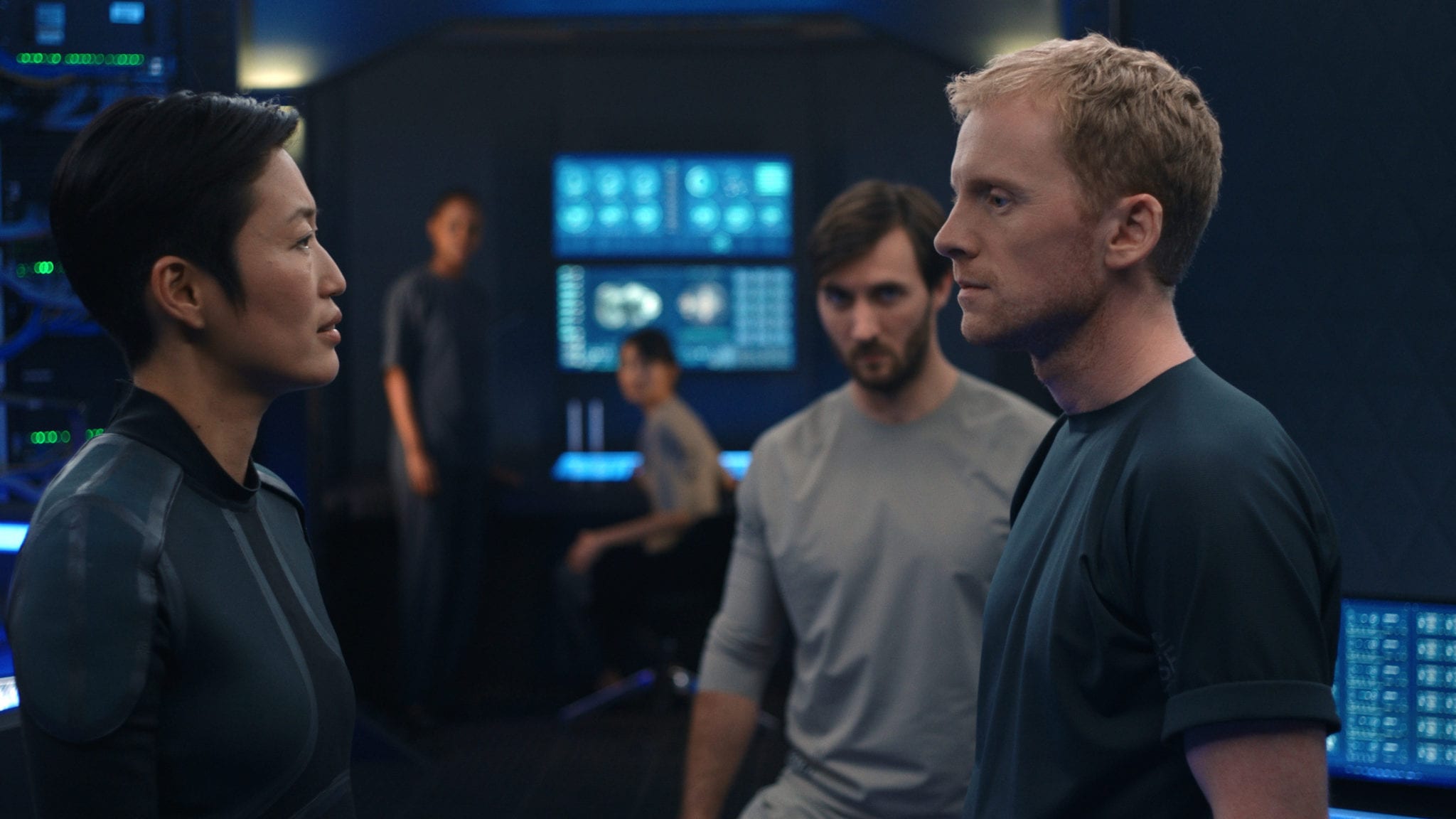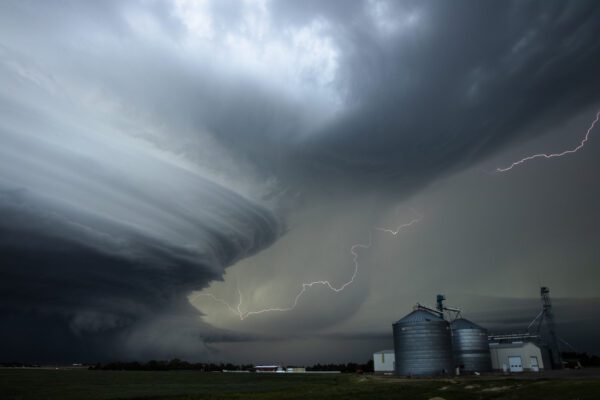
Photographer – Sharing passions.
“These are not just pictures; they are testimonies that will live forever.” I remember that, decades ago, I would enjoy looking through National Geographic magazines. I rarely read the text, but would often be enthralled by the photographs. They might have been wildlife, nature, people, exotic places. Each photo was telling a story. (Maybe that’s…

